The Woman At The Heart of The Second City
Bertha Palmer, the unofficial First Lady of Chicago

When I’d hear the words “Second City” I knew it meant Chicago, but didn’t really know why.
I had a vague notion that it had something to do with being second to New York in some way because as a New Yorker, of course I’d think that.
But I can’t be blamed completely for my take. In 1952 the writer A.J. Leibling took shots at Chicago in a series of articles for The New Yorker called Second City. He was not a fan. The name stuck.
It took a friend from Chicago to tell me another meaning of the term, one of sobering significance.
In this case it refers to a city that was built for a second time after the destruction done to the first by 1871’s Great Fire.
It is the Second City of Chicago.
I moved to Chicago six years ago and I love it as much as I love New York. Both cities have well documented problems and both are a marvel. I know New York City well, having lived there for decades. And now I have a case of local wanderlust here in Chicago. I need to know everything.
When I started this newsletter two years ago, one of the earliest pieces I wrote was about one origin story of an iconic American Dessert — the Brownie.
It was created by chefs at The Palmer House Hotel in 1893 for the World’s Fair, the World’s Columbian Exposition, at the request of Bertha Palmer. She was the wife of legendary businessman Potter Palmer and by all accounts, a dynamo.
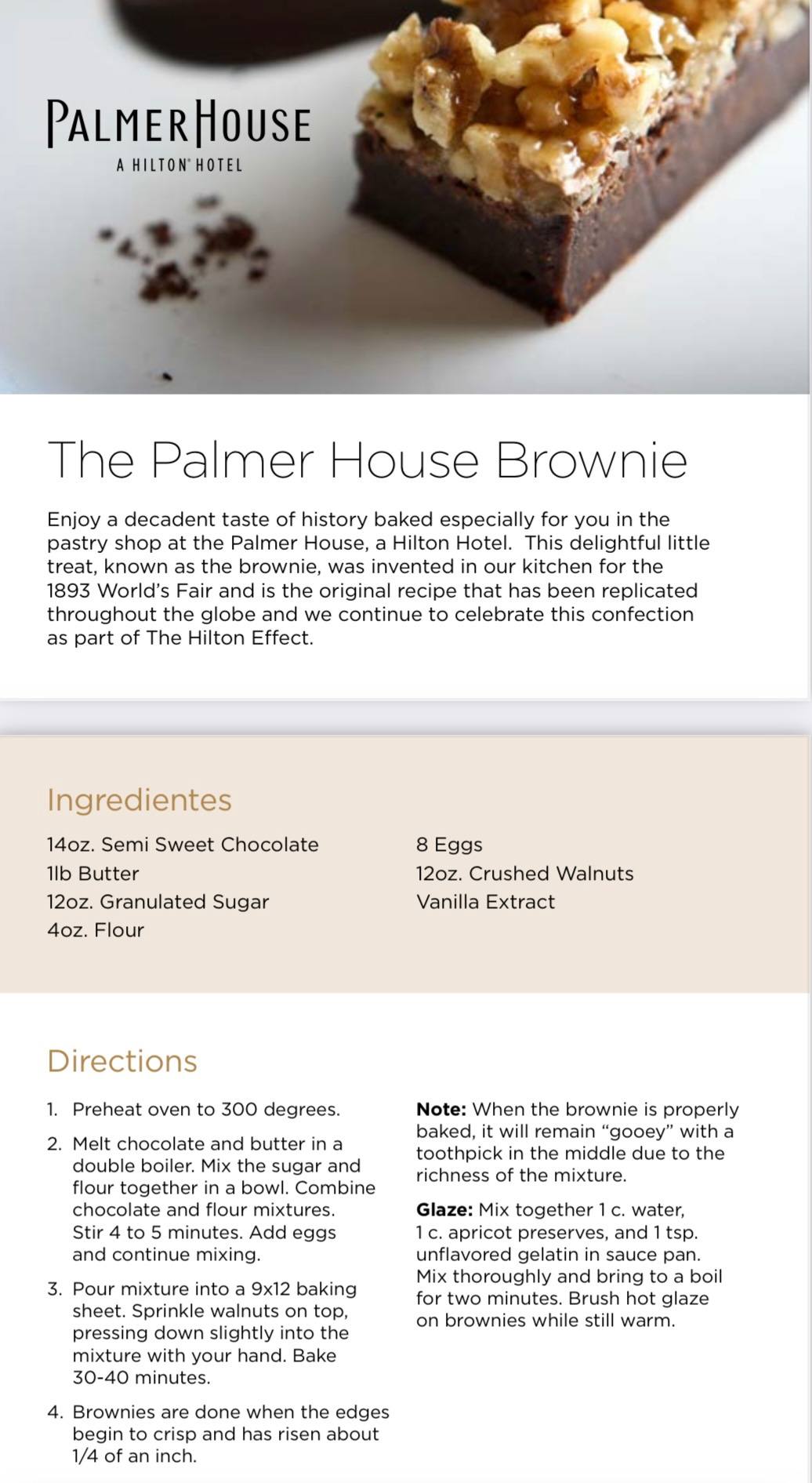
This piqued my interest in finding out more about her life and “WOW” is the word that comes to mind.
Bertha Honoré Palmer was a woman of great wealth and privilege. My fascination is with what she did with it.
When she married Potter Palmer, who was twenty-two years her senior, his wedding gift to her was the newly completed Palmer House Hotel, where they would reside.
It burned to the ground in The Great Chicago Fire thirteen days after it opened.
Bertha was in Chicago and her husband was in New York on business at the time of the fire. He was inclined to have them start over in New York.
Here are her thoughts on leaving:
Mr. Palmer, it is the duty of every Chicagoan to stay here and devote his fortune and energies to rebuilding this stricken city.
— from The New York Times obituary of Potter Palmer, May 5, 1902
She was twenty-one years old. The Times goes on to say he heeded her advice and “No man contributed so much to the resurrection of this city as did Potter Palmer.”
The second Palmer House, pictured below, was built in just two years, opening in 1873. It was made of brick and iron and touted as fireproof.
Even the menu assured guests the Palmer House was “Thoroughly Fire Proof.”
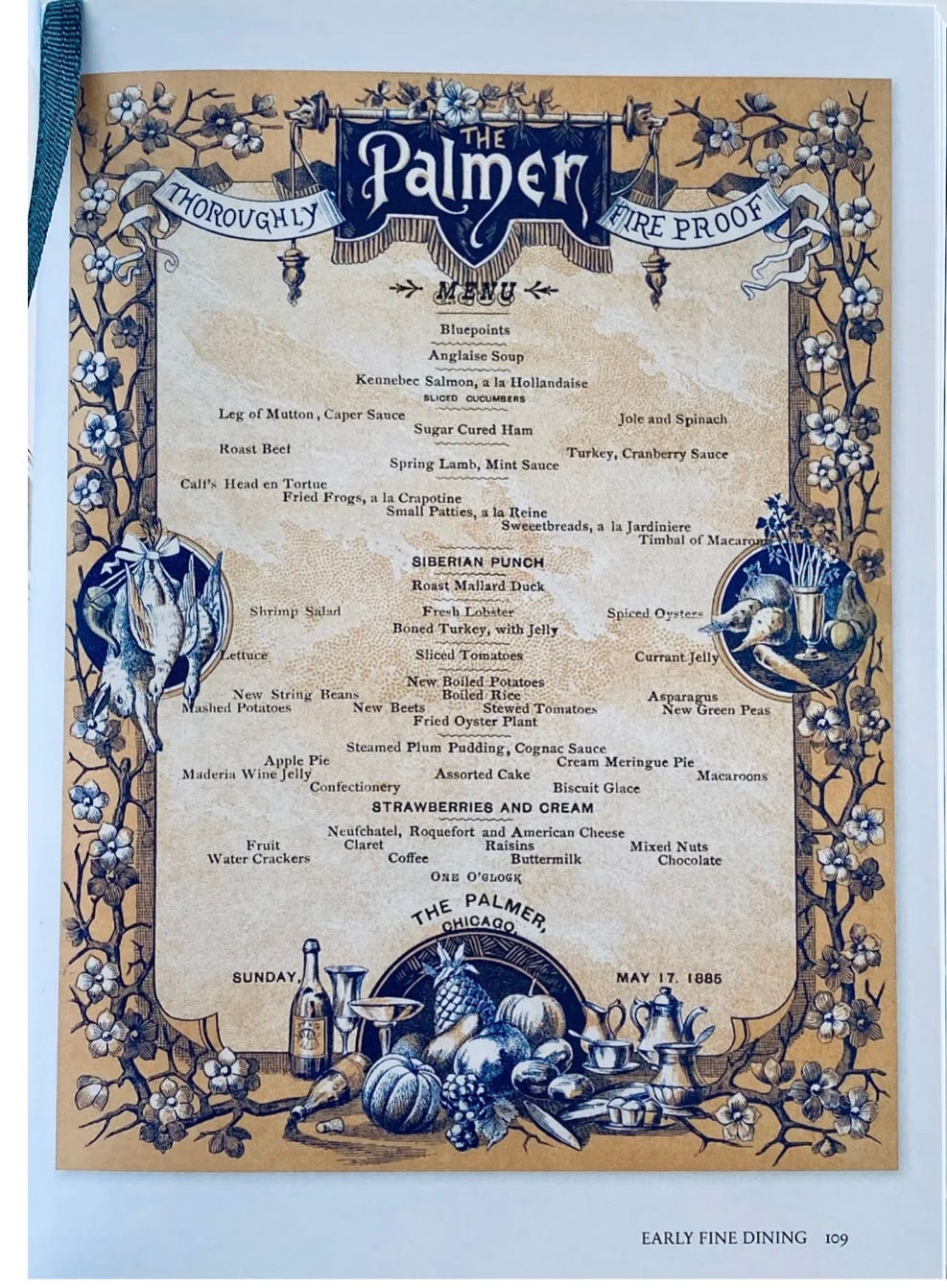
I’ve decided that Bertha Honoré Palmer’s role in Chicago history is so remarkable, I have to share it. This spring I’ll be researching her life.
Bertha’s life story is the stuff of novels, all intertwined with the rebuilding of Chicago.
Bertha will be my guide.
Besides giving the world the Brownie and convincing her husband to rebuild Chicago, she was a friend to Jane Addams and financially and generously supported her work at Hull House.
Bertha was an early and active collector of Impressionist Art when its purchase bordered on rebellion. She left the bulk of it to the Art Institute of Chicago and it is the core of their Impressionist collection.

She insisted that women have a place at the 1893 World’s Fair and was named Chairman of the Board of Lady Managers. There was a Women’s Building that highlighted and showcased the achievements of women. Her friend, the Poet and Founder of Poetry Magazine, Harriet Moore, was invited to open the Fair with one of her poems, an Ode.
Bertha was also a fantastic hostess and a snappy dresser so there will be plenty of food and fashion of the era to learn about as well. I’ve already got my hands on an 1893 cookbook from the Fair and the cover alone is worth it.
I’m not planning to nominate Bertha Palmer for sainthood, but I am a fan.
Thank you to all subscribers and special thanks to paying subscribers. If you’re considering becoming a paid subscriber, now would be a fun time.
This portrait of Bertha Palmer which I’ll be visiting Monday, really captures her essence for me.
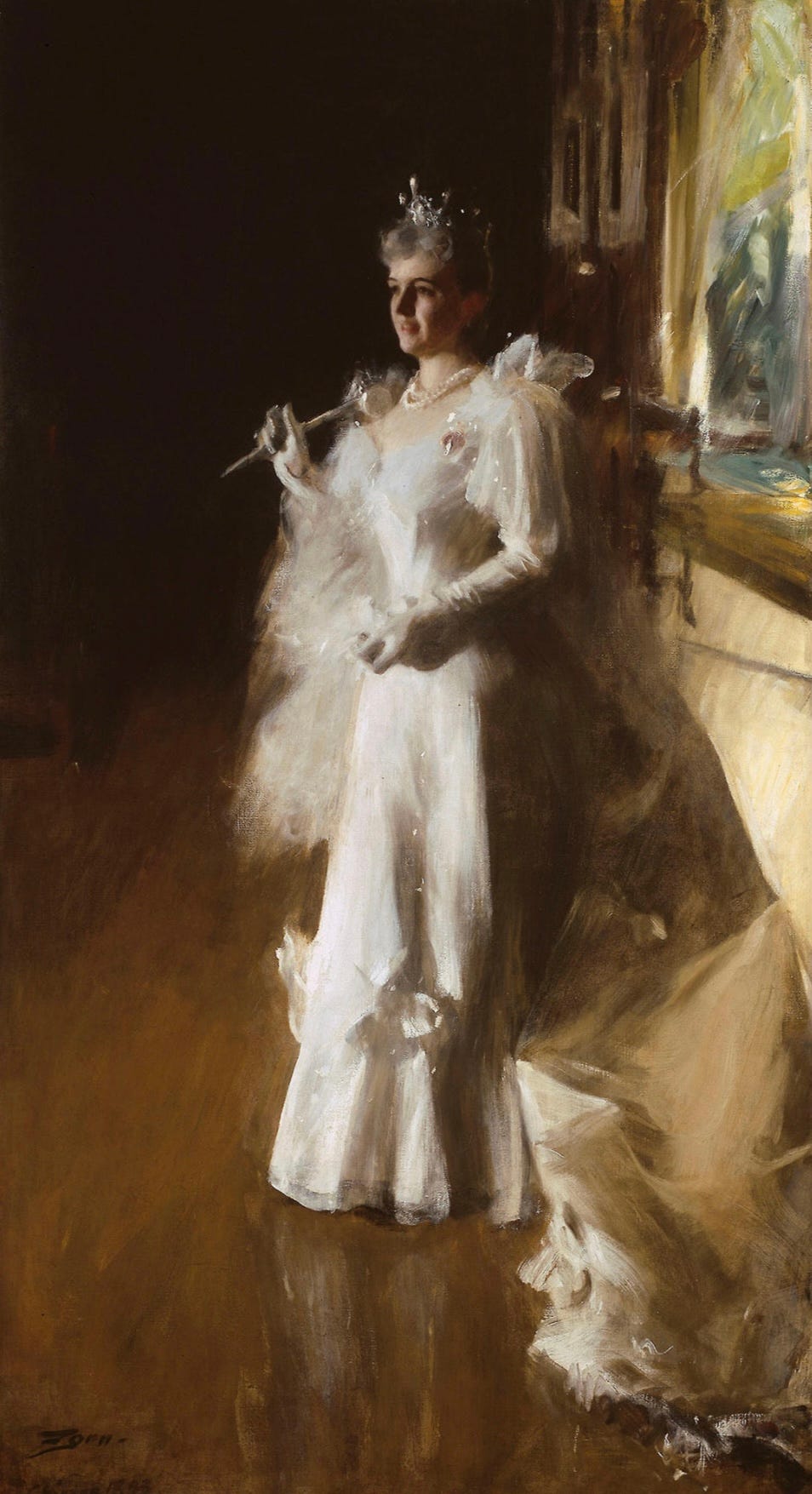
She looks like a Queen or Fairy Princess.
But that’s not a scepter or magic wand she’s holding.
It’s a gavel. There was work she wanted to do — and did.
I’m excited about all of this and I hope you are too.
Have a wonderful weekend, Everyone.
Jolene
Reading and Sources:
The Art Institute of Chicago, Link: Here
A.J. Liebling, Link: Here
The New York Times, Link: Here
The Palmer House Hilton, Link: Here
The Palmers, PBS, Link: Here
Devil in the White City, Link: Here
Love Under Fire, WTTW Link: Here
City of the Century, Link: Here




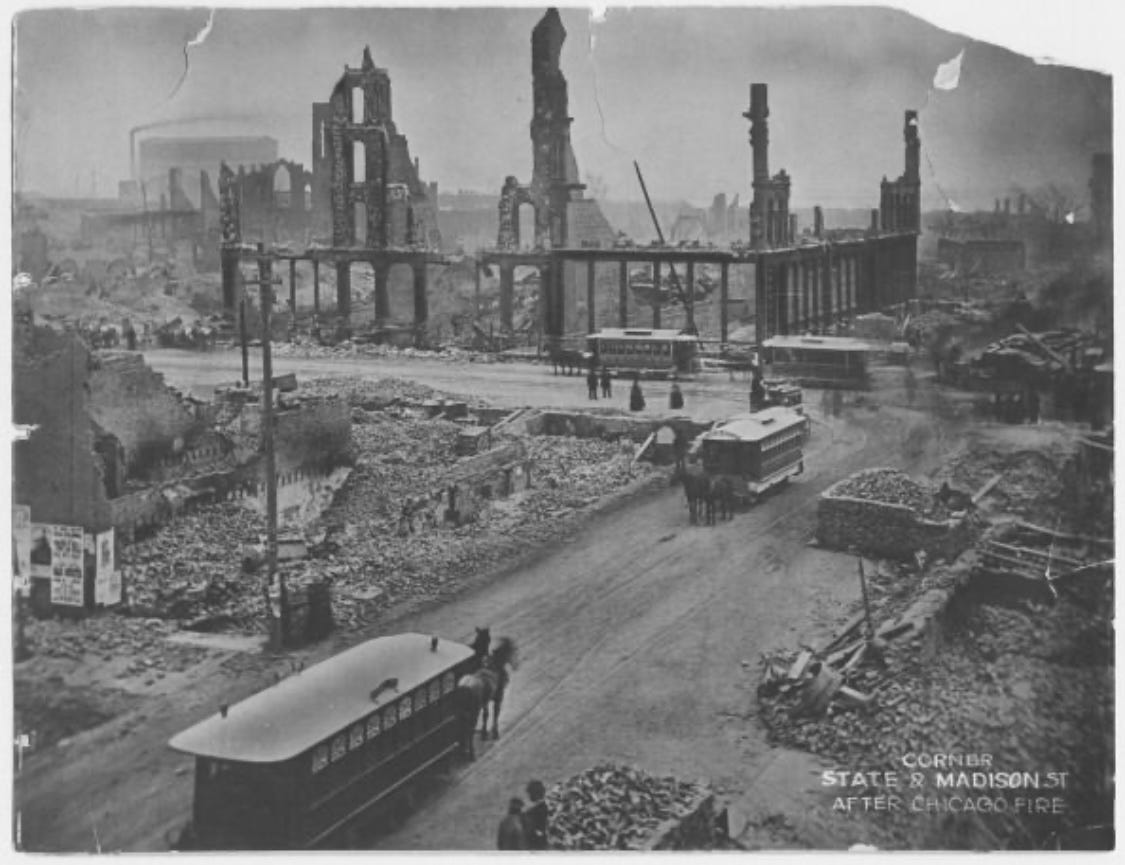


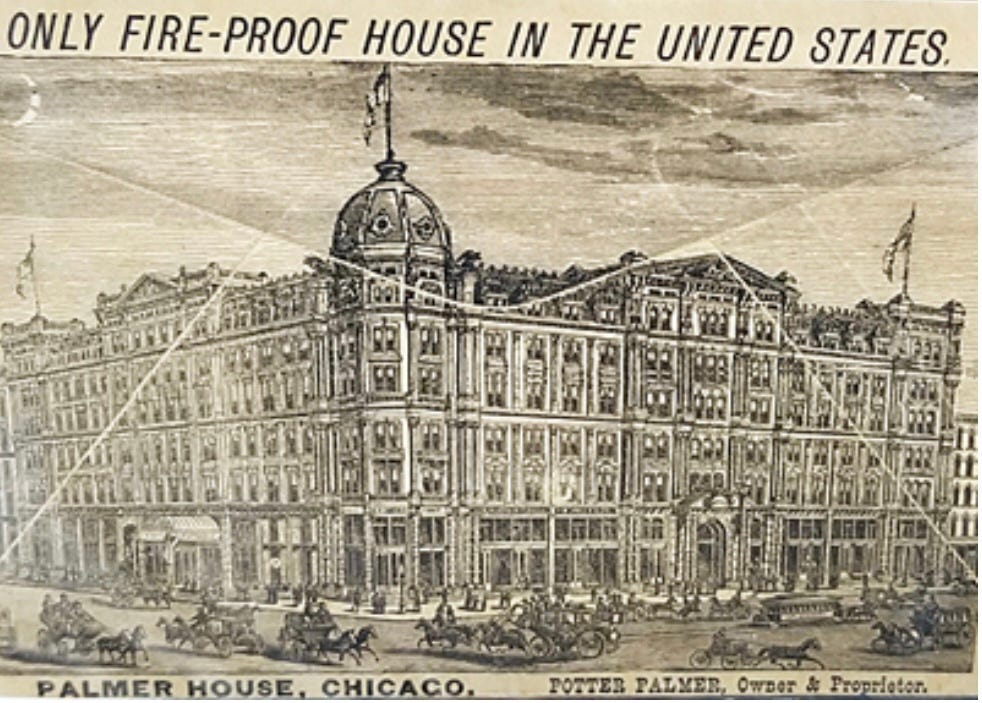

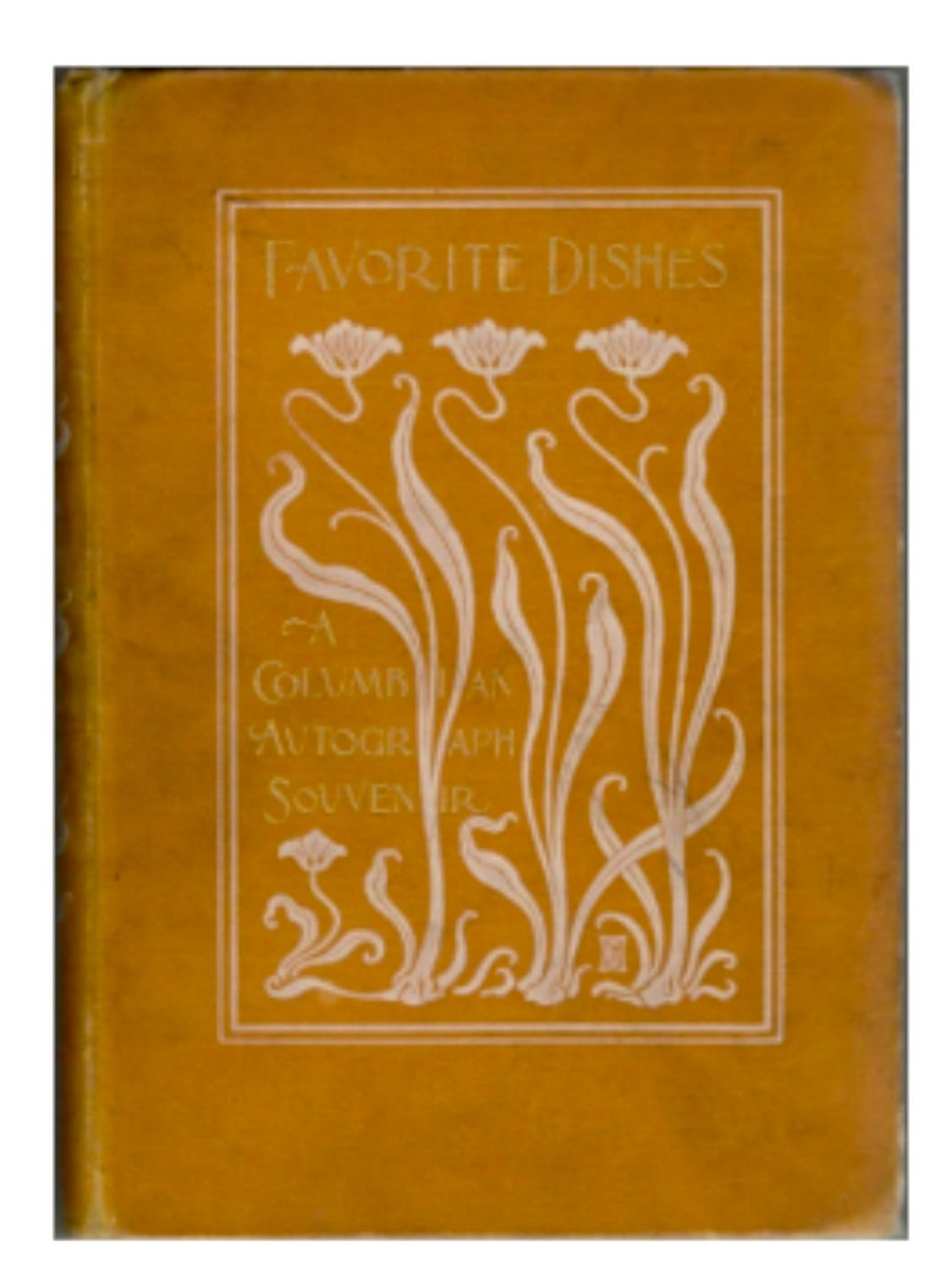
Your second city, my first city! 😊
Jolene, I stand in a long line of your fans. Your writing is simply magnificent. Can't wait for your book ... a great subject needs a great writer, and so glad it's you!
Still looking forward to meeting you one day. Soon, I hope. 😊